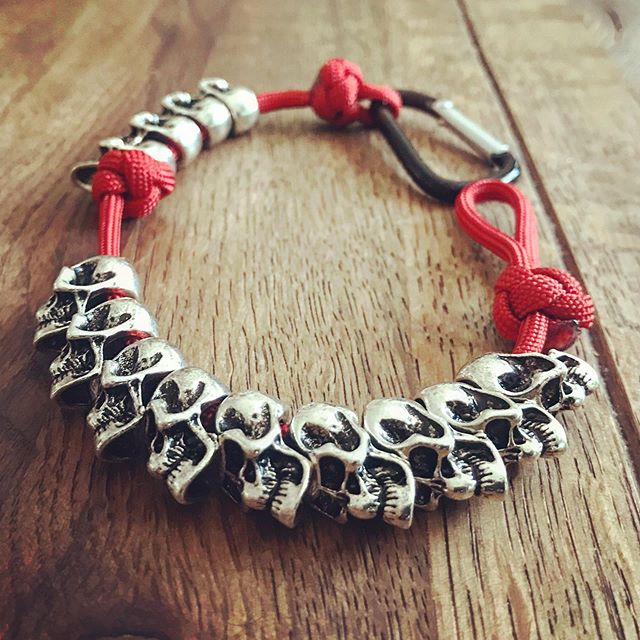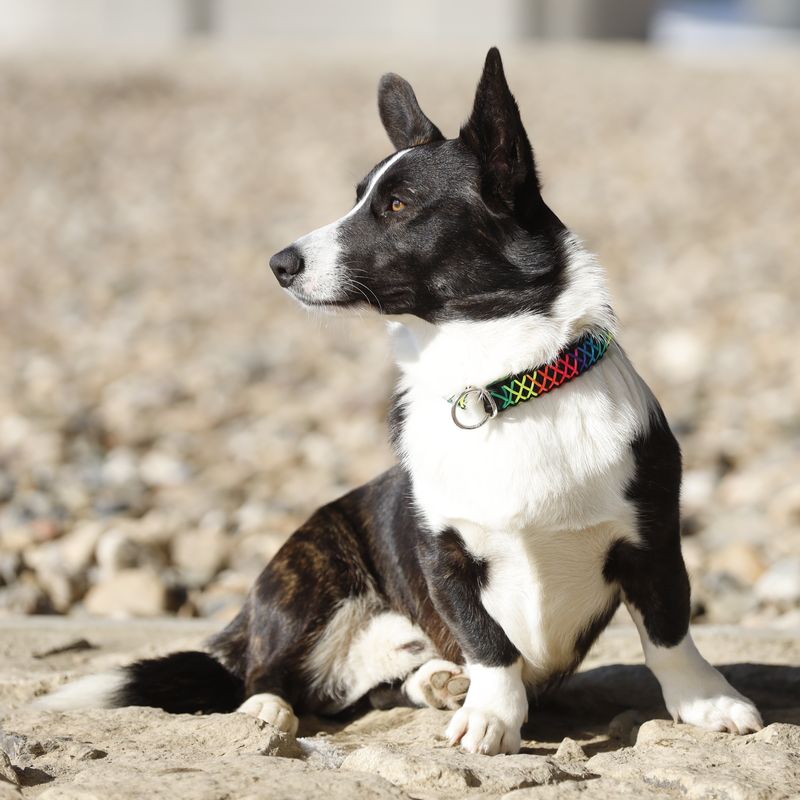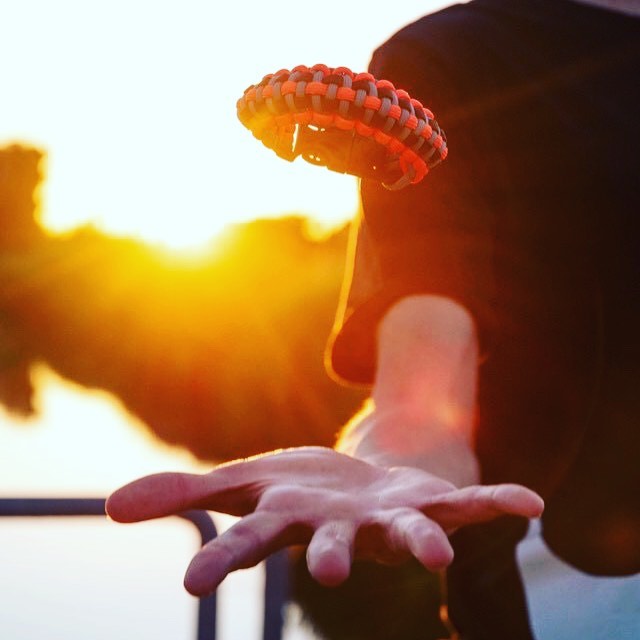Paracord in general
Paracord (otherwise also paracord, parachute cord, cord, etc.) is a lightweight nylon cord originally used on parachutes by paratroopers during World War II. However, paratroopers have found many other everyday uses for paracord. It is currently used as a universal cable by both soldiers and civilians. Paracord was even used by astronauts during the 82nd Space Shuttle mission to repair the Hubble Telescope.
The outer braided portion has a high number of braided strands, giving the paracord wrap a relatively smooth texture . The all-nylon construction makes it relatively flexible . Depending on the use, it can be either a useful helper or a last resort in an emergency.
Military use
Despite the historical association of paracord and paratroopers, virtually all US troops had access to it. It is used in almost every situation where light and strong lines are needed. Typical uses include attaching various equipment to vehicles or gear, as well as small or important items that like to get lost on their own, etc. By stringing various beads, paracord becomes a very useful tool for counting distance traveled in unfamiliar terrain - a simple pedometer .
style="height:158px;width:244px;margin-left:auto;margin-right:auto;">
The inner threads can be pulled out when a thinner cord is needed; for example as sewing thread to repair equipment or they can be used as fishing line in emergency situations. Nylon wrap is often used alone when thinner or less elastic cord is needed; e.g. like shoelaces . The ends of the paracord are almost always melted and fixed to prevent fraying of the inner fibers.
In addition to its purely utilitarian function , paracord can be used as a stylish accessory - tied or knitted bracelets , neck cords, belts, leashes , collars and other decorative items. These are sometimes tied in such a way that they can be easily unraveled for immediate use . Some companies use paracord in conjunction with other necessary equipment to create first aid kits.
 |
Types paracord
Below is a table of selected features from the specification.
 |
Thickness
The military version of the Type III 550 may be slightly stronger than the civilian version due to the use of 3 nylon strands for the inner core as opposed to 2 nylon strands for the civilian version. The military version will be closer to 4 mm and the civilian to 3 mm thickness. The thickness will also vary because Type III uses 7, 8 or 9 internal strands. The most frequently used civilian design has 7 strands in the core .
Manufacturer's marking
Compliant manufacturers army requirements are required to put their designation in threads . Each manufacturer should use a different color that is specific to them. In case of damage to the paracord, it would be easier to find its manufacturer . Type 1A and 2A have a labeled filament on the sheath because they contain no inner core. Types 1, III, and IV will have a core containing a manufacturer's specific color. Any paracord not bearing this marking should be considered commercial unless the supplier can provide a valid military certificate to the contrary.
Inner core colors
In 2012, some commercial manufacturers began placing different colored nylon strands in their paracord cores. This was due to the lack of pure white fibers on the market. Due to this fact, the specific military marking of the inner fibers of paracord had to be adapted to the market.
Availability on the civilian market
The same properties of paracord that have been valued by the military for years are also useful in the civilian sphere . After World War II , paracord became available to civilians as well, first as military surplus, then as a widely available retail product sold in army stores and online stores. Although some commercially available paracord is manufactured to military specifications and is labeled as such, the product may not exactly match the military specification in terms of construction, quality, color, or load capacity. Especially bad specimens of such processing can have significantly fewer sheath or core strands , a core consisting of a bulk strand rather than individual fibers, or contain materials other than nylon.
Paracord has also been used by many for its swing since the 70s. The durability and versatility of this material has proven to be beneficial for performing various whip disciplines . Whips made of paracord have been skyrocketing in popularity over the past few decades.
Hikers and other outdoor enthusiasts sometimes use "survival bracelets or pendants" , made from several meters of paracord that are woven into a compact and wearable form . These ornaments are meant to be untangled when a reliable line is needed for any purpose - securing cargo, erecting a shelter, stopping bleeding, making traps, improvised fishing gear, etc. Since nylon does not rot or mold, it has become known as an ideal material for all weather .
 |


